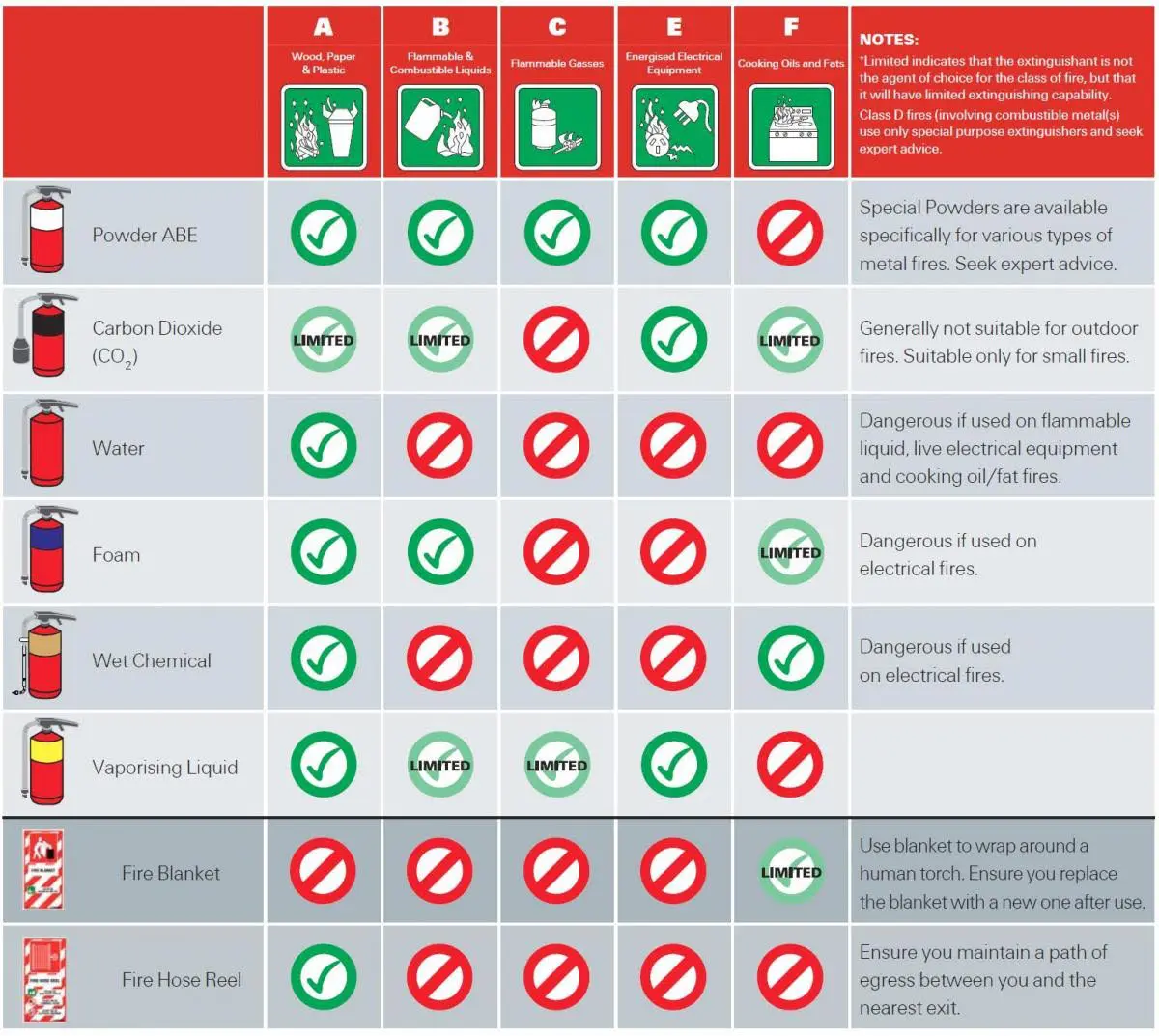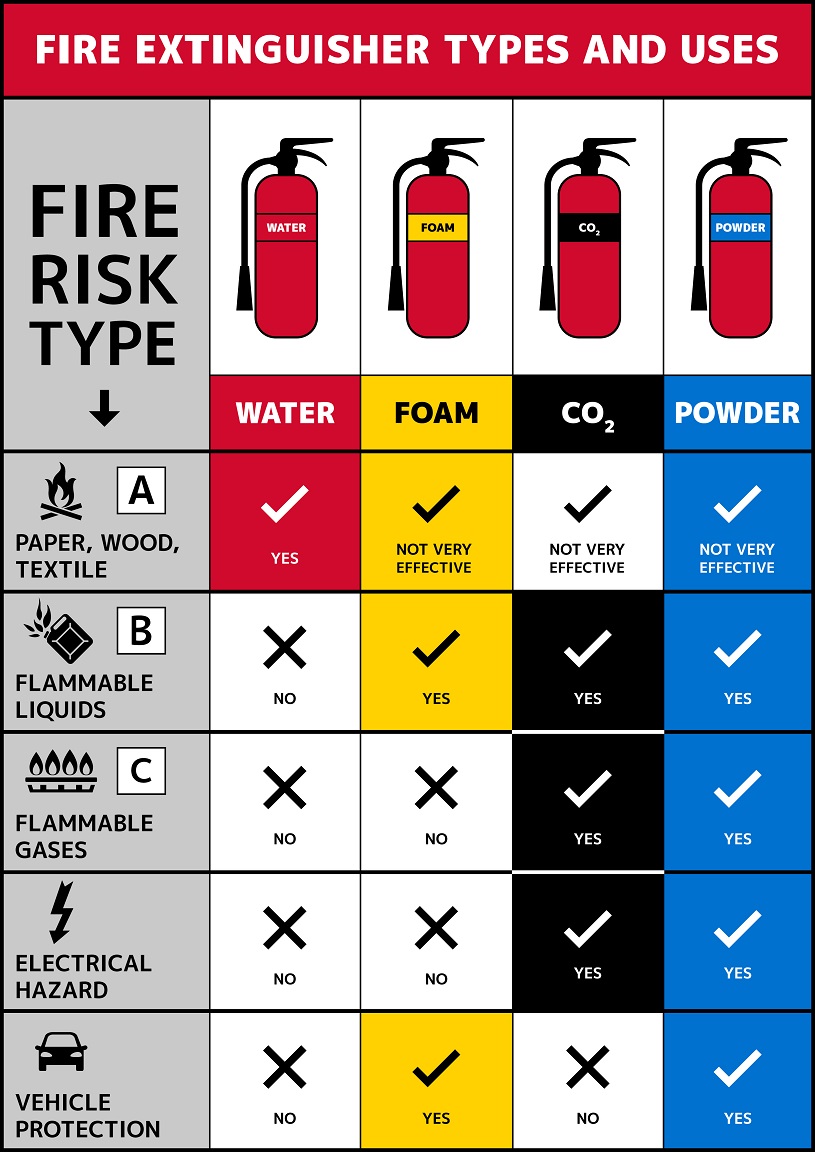

Instruction booklet Question 11 1 out of 1 points When conducting discharge and acceptance tests, _ are attached to the nozzles to capture the agent when discharged. Question 10 1 out of 1 points What must the manufacturer include on the nozzle to identify the particular nozzle type? Selected Answer: C.


Question 9 1 out of 1 points Wet chemical extinguishing agents use water-based solutions mixed with any of the following agents or additives, EXCEPT: Selected Answer: D. fusible link Question 8 1 out of 1 points Through proper engineering of the system, the agent and expelling gas must properly mix and maintain flow balance to ensure even distribution of the agent through the system. Nozzles Question 7 1 out of 1 points The _ is a mechanical device that is used as an automatic activation device for wet or dry chemical extinguishing systems. Monthly Question 6 1 out of 1 points Since many manufacturers do not combine the wet chemical agent and expelling gas, which of the following are used to store the expelling gas until it is needed when the system activates? Selected Answer: B. conductivity problems Question 5 1 out of 1 points How often should the owner or a representative visually inspect the extinguishing system for conditions that could cause failure of, or inhibit, operation? Selected Answer: D. white Question 4 1 out of 1 points Dry chemical extinguishing agents are not considered to be dangerous or toxic, although _ can occur once it is expelled from the system. 12 years Question 3 1 out of 1 points Ammonium phosphate is _ in order to differentiate it from other dry chemicals. rush of air Question 2 1 out of 1 points After how many years should dry chemical agent in stored-pressure containers be replaced to ensure that the system is fresh and ready for operation? Selected Answer: A. You might also get a Type A for the living room and bedrooms and an ABC for the basement and garage.A wet or dry chemical system initiates a(n) _ upon activation. A good extinguisher to have in each residential kitchen is a 2A10BC fire extinguisher. This would mean this extinguisher is good for Type A fires with a 2 1/2 gallon equivalence and it is also good for Type B fires with a 5 square feet equivalency. For example, you might have an extinguisher with a label that reads 2A5B. For example, 2 would be two square feet, 5 is five square feet, etc.įire extinguishers can also be made to extinguish more than one type of fire. For Type B and Type C fire, the number represents square feet. For Type A fires, a 1 would stand for 1 1/4 gallons of water, a 2 would represent 2 1/2 gallons, 3 would be 3 3/4 gallons of water, etc. Number Ratingįire extinguishers also have a number rating. In other words, don't use it on an electrical fire. For example, a Type A extinguisher will show a pictogram of an electrical cord and outlet with a big slash through it. These pictograms are also used to show what not to use. A Type C extinguisher has a pictogram showing an electrical cord and outlet. For instance, a Type A extinguisher has a pictogram showing burning wood. These picture the type of fire on which an extinguisher is to be used. Recently, pictograms have come into use on fire extinguishers. These types of fire are very dangerous and seldom handled by the general public. This extinguisher is used for metal fires such as magnesium, titanium and sodium. Type D LabelĪ Type D label is in a star on the extinguisher. This extinguisher is used for electrical fires such as in wiring, fuse boxes, energized electrical equipment and other electrical sources. Type C LabelĪ Type C label is in a circle on the extinguisher. This extinguisher is used for flammable liquid fires such as oil, gasoline, paints, lacquers, grease, and solvents. Type B LabelĪ Type B label is in a square on the extinguisher. These types of fire usually leave ashes after they burn. This extinguisher is used for ordinary combustibles such as cloth, wood, rubber and many plastics. Type A LabelĪ Type A label is in a triangle on the extinguisher. Traditionally, the labels A, B, C or D have been used to indicate the type of fire on which an extinguisher is to be used. Using one type of extinguisher on the wrong type of fire could be dangerous and make matters even worse. Fires involving wood or cloth, flammable liquids, electrical, or metal sources react differently to extinguishers. Fire extinguishers are labeled according to the type of fire on which they may be used.


 0 kommentar(er)
0 kommentar(er)
